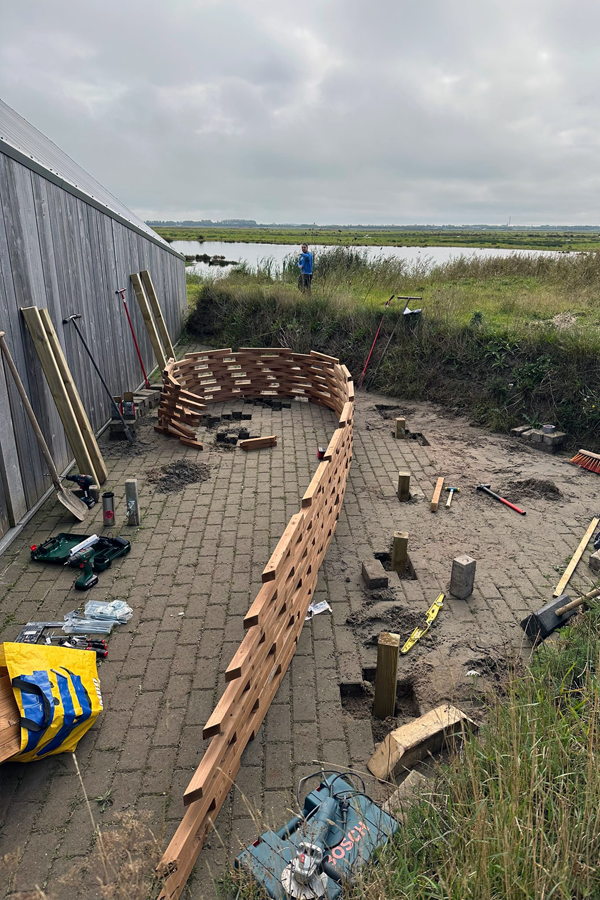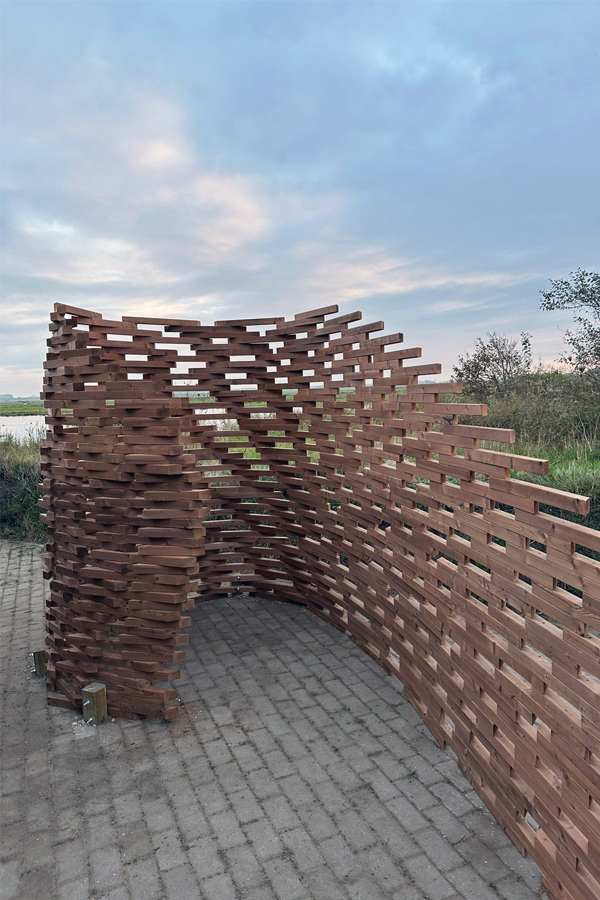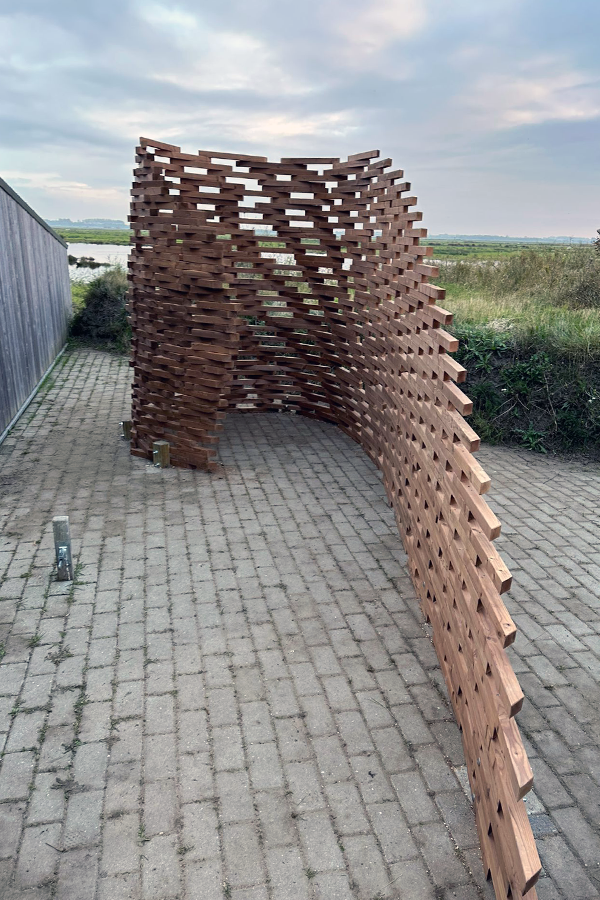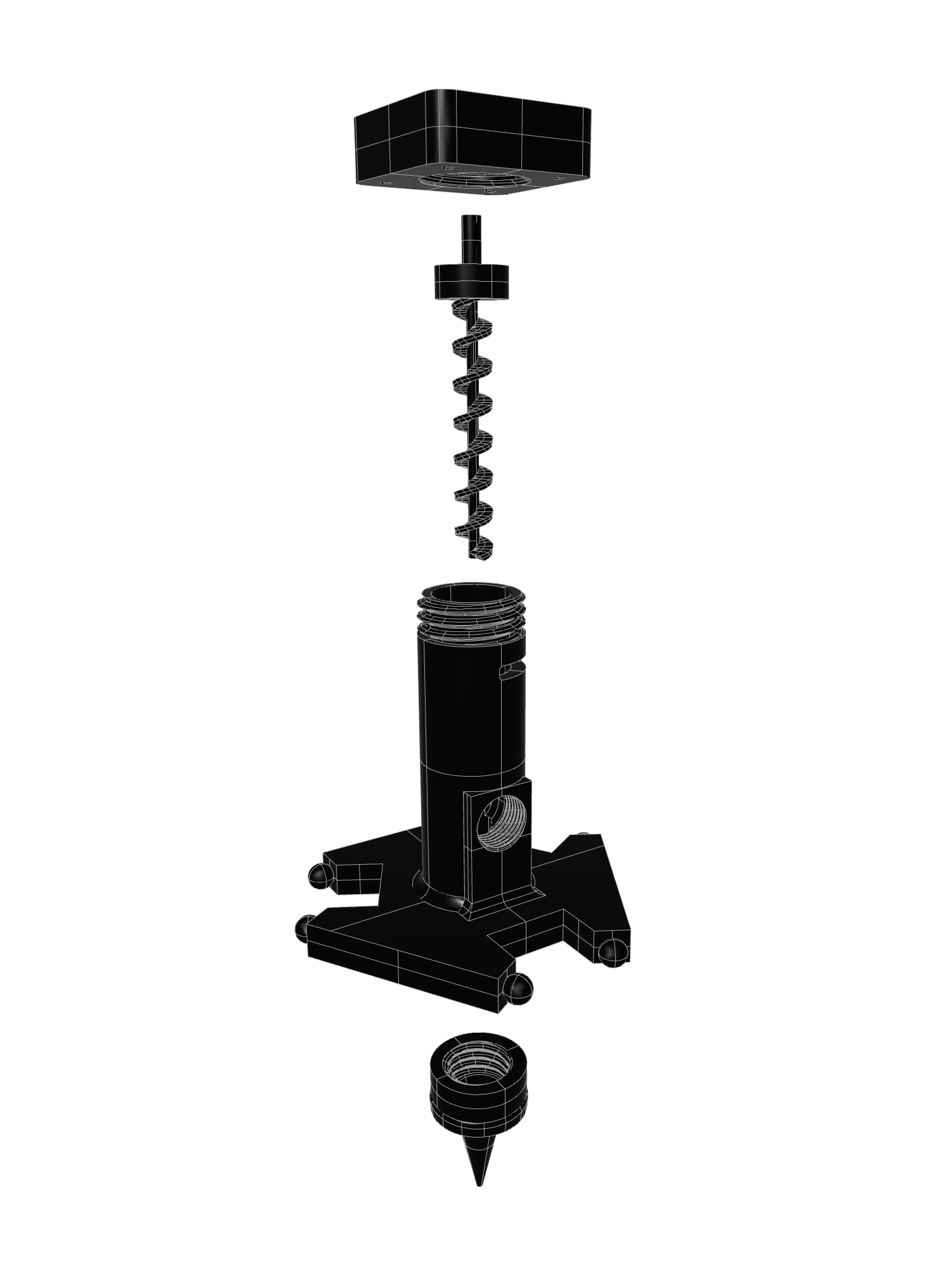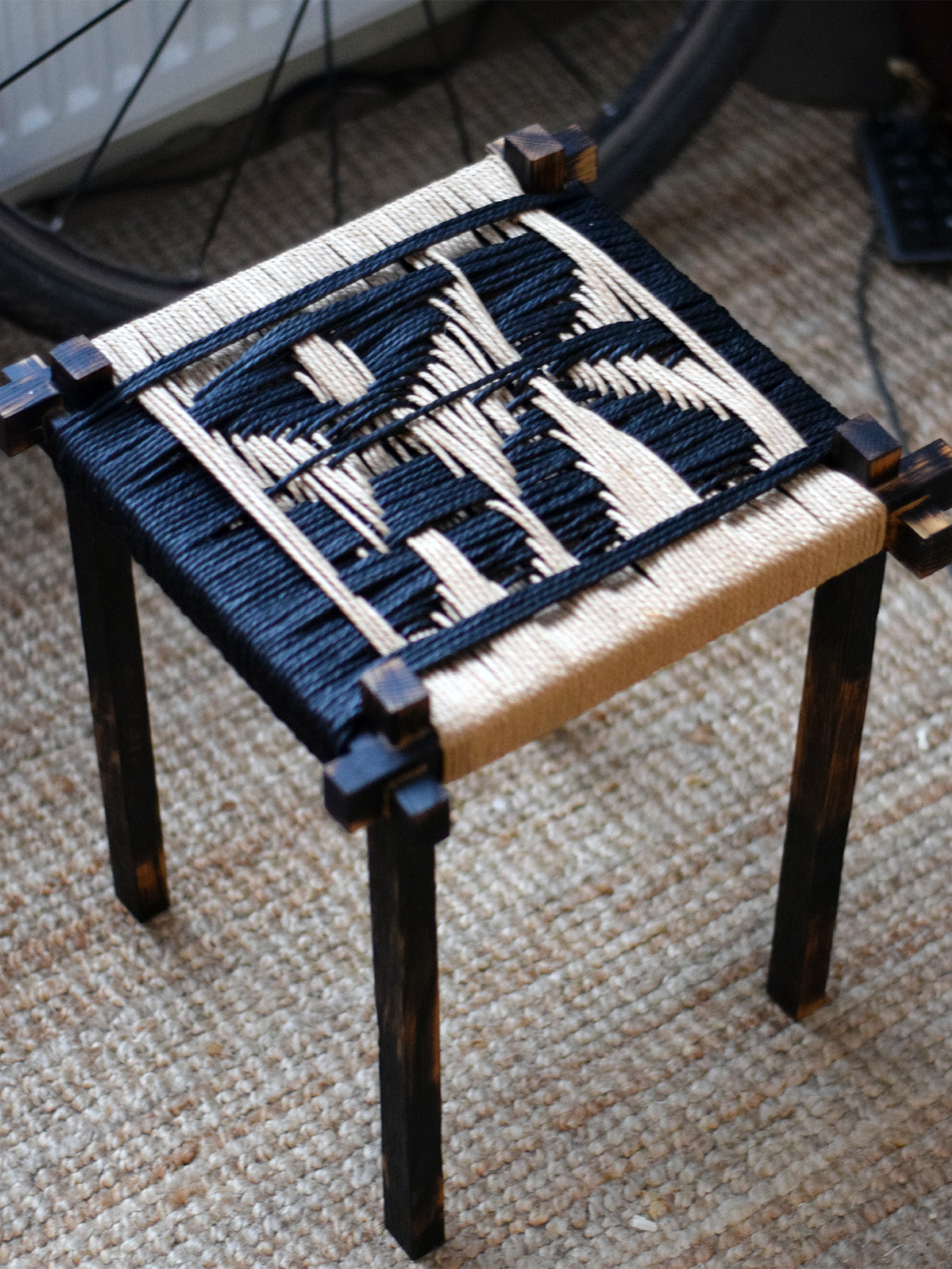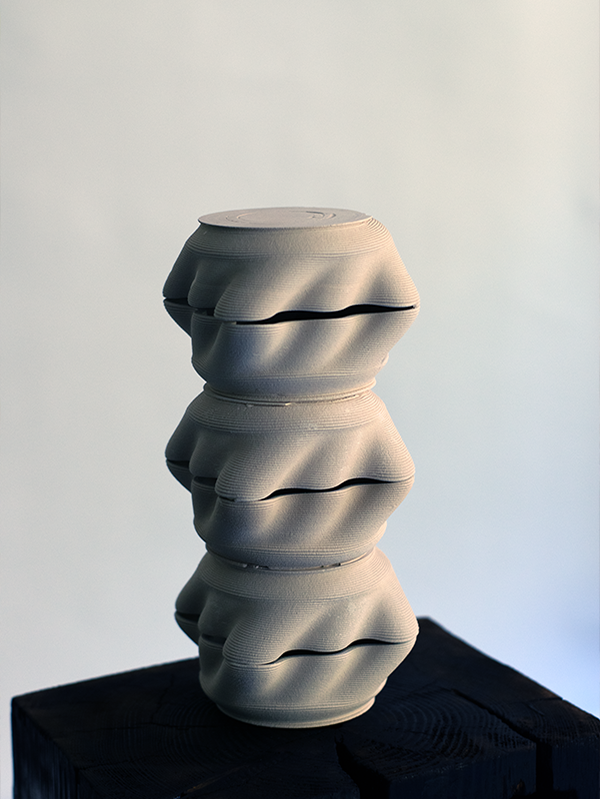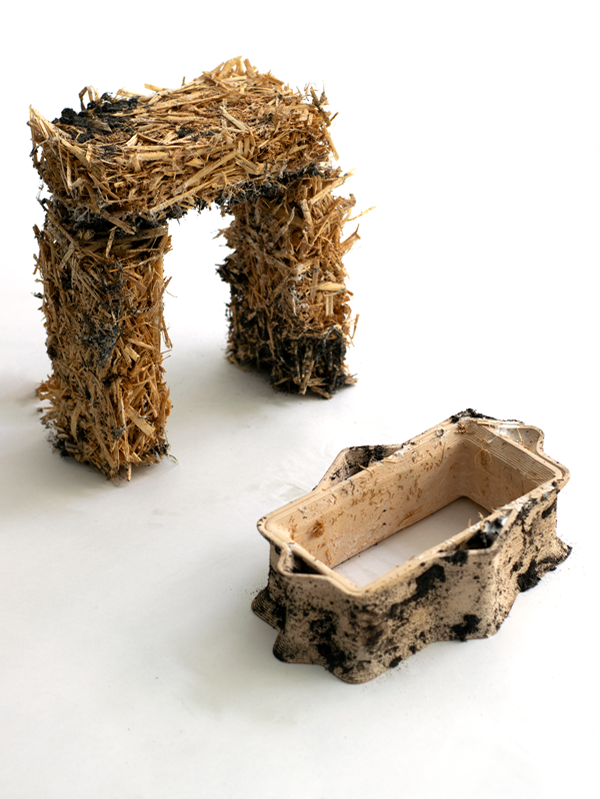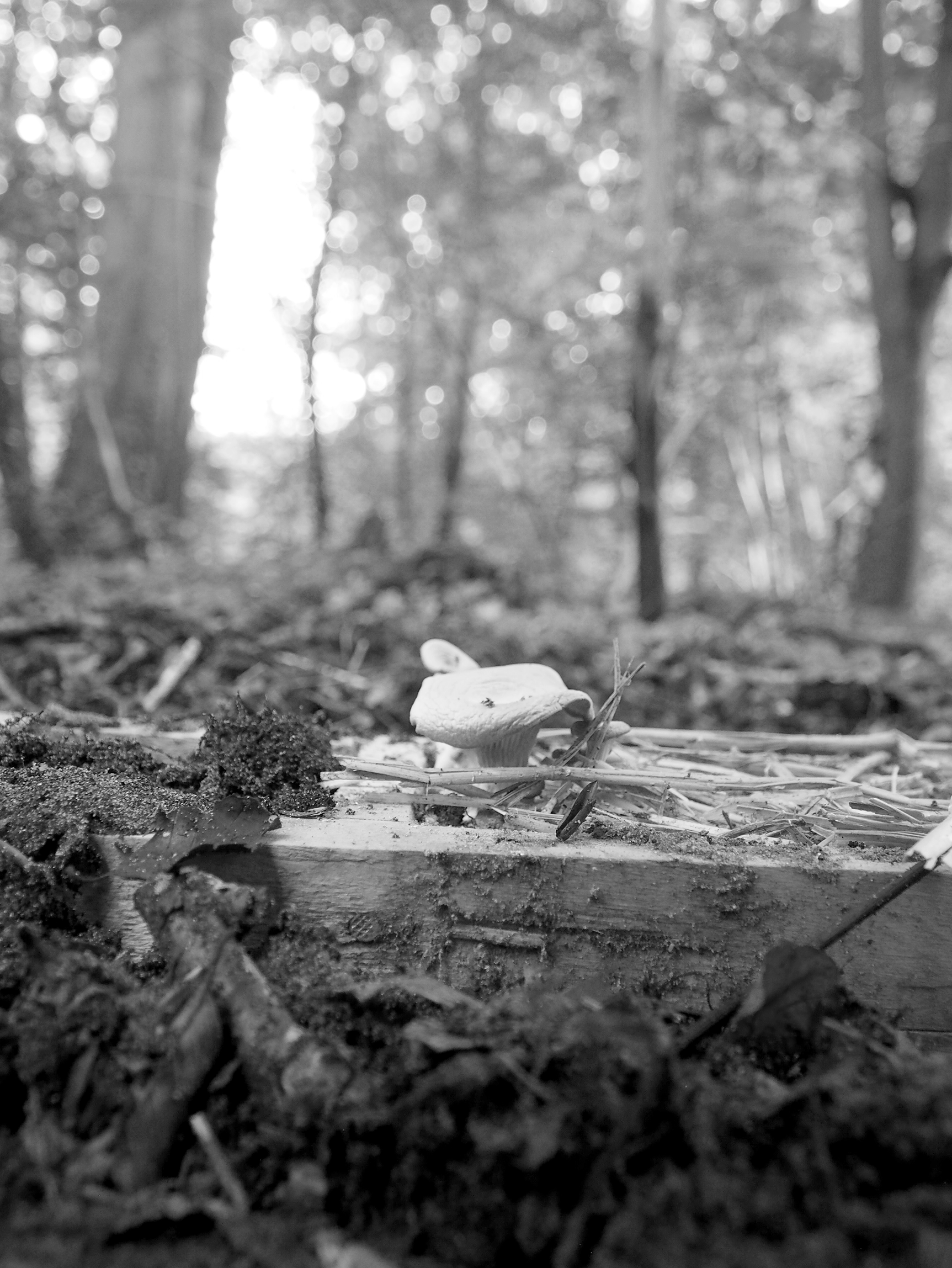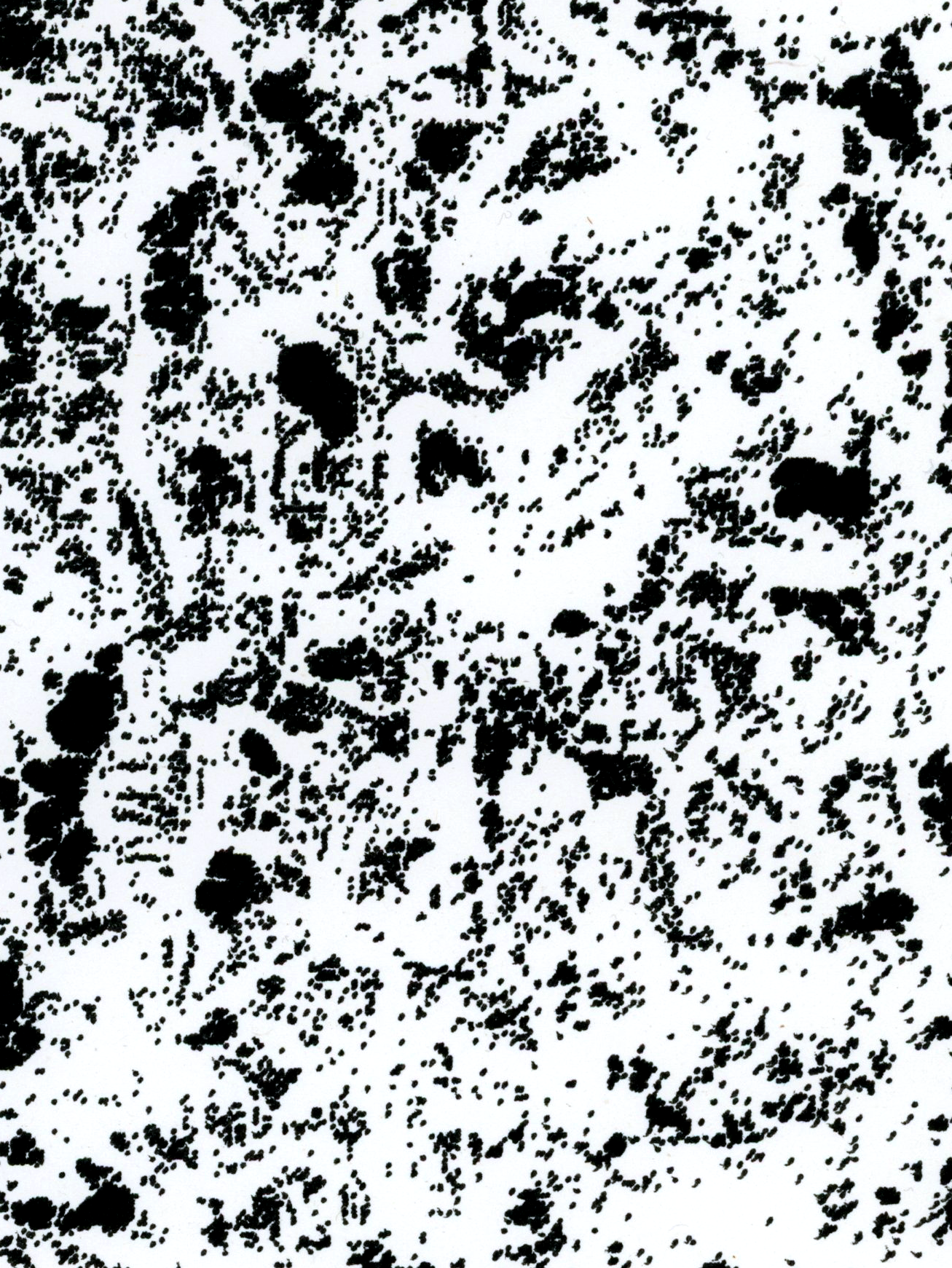What
A birdhide is a wind-sheltered structure designed for birdwatchers, allowing them to observe wildlife without being seen or disturbed by strong coastal winds. Built from modular Douglas fir elements, the hide is situated within a nature reserve on the Dutch island of Texel. The structure was designed and fabricated by architecture students from AHK during a course on parametric design and robotic production, which I led as the main instructor.
A birdhide is a wind-sheltered structure designed for birdwatchers, allowing them to observe wildlife without being seen or disturbed by strong coastal winds. Built from modular Douglas fir elements, the hide is situated within a nature reserve on the Dutch island of Texel. The structure was designed and fabricated by architecture students from AHK during a course on parametric design and robotic production, which I led as the main instructor.
Why
The project responds to the need for unobtrusive, durable infrastructure within natural reserves. Located near the sea and exposed to wind, rain, and salt air, the birdhide had to withstand harsh environmental conditions while blending into its surroundings. It also served an educational purpose: introducing students to the full potential of Grasshopper, not only as a design tool but as a means of directly generating robotic production code. The project emphasized working with natural materials, minimized environmental impact, and expanded students' understanding of digital design’s role in physical construction.
The project responds to the need for unobtrusive, durable infrastructure within natural reserves. Located near the sea and exposed to wind, rain, and salt air, the birdhide had to withstand harsh environmental conditions while blending into its surroundings. It also served an educational purpose: introducing students to the full potential of Grasshopper, not only as a design tool but as a means of directly generating robotic production code. The project emphasized working with natural materials, minimized environmental impact, and expanded students' understanding of digital design’s role in physical construction.
How
The birdhide was developed through a hands-on course in collaboration with the Robot Lab of the Hogeschool van Amsterdam. Students explored parametric workflows in Grasshopper, developed robotic stacking strategies, and generated toolpaths for placing and rotating a single-length wooden module into a complex, organic structure. While students pitched the initial design iterations, I reworked the final structure to ensure material feasibility and budget compatibility. The hide was prefabricated in Amsterdam, transported in modular parts, and manually assembled on-site in Texel using only screws and untreated Douglas fir. The process highlighted a collaborative, hybrid approach to digital design and ecological construction.
The birdhide was developed through a hands-on course in collaboration with the Robot Lab of the Hogeschool van Amsterdam. Students explored parametric workflows in Grasshopper, developed robotic stacking strategies, and generated toolpaths for placing and rotating a single-length wooden module into a complex, organic structure. While students pitched the initial design iterations, I reworked the final structure to ensure material feasibility and budget compatibility. The hide was prefabricated in Amsterdam, transported in modular parts, and manually assembled on-site in Texel using only screws and untreated Douglas fir. The process highlighted a collaborative, hybrid approach to digital design and ecological construction.
